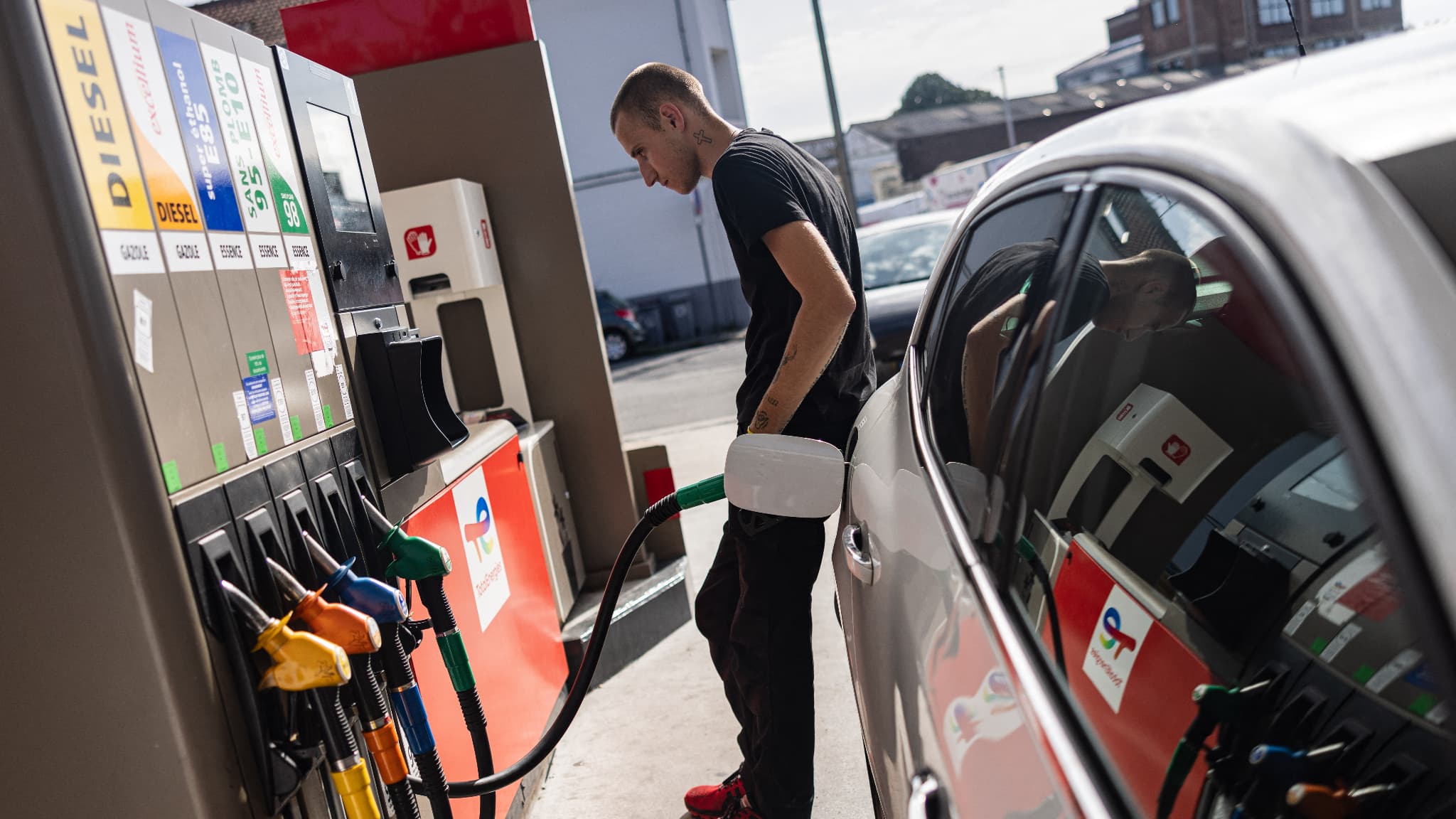Why, in the last 10 years, gasoline has doubled in France than in Germany or Italy

In September 2014, the price of a barrel was in euros, the same as it is today. But, excluding taxes, the price of SP 95-E10 is 38% higher in France while on average in the euro zone, the increase is limited to 21%. explanation.
Fuel prices have started to rise again in recent weeks. This is obviously linked to the evolution of oil prices. Except that the price of a barrel today is the same as September 2014 while the price of gasoline is significantly higher. A little less than ten years ago, it cost about 76 euros to buy a barrel of Brent. The same amount as now.
On the other hand, we are seeing a clear change in the prices of Super Unleaded 95-E10 in the Eurozone. Above all, with strong differences from one country to another. To quantify them, we must look at the evolution of prices excluding taxes, each state is able to practice a different tax system and has changed it since 2014. Thus we can see that the average price of SP 95-E10 in France doubles that in Germany: +38% compared to +19% across the Rhine.
10 years ago, France had the lowest prices in Europe
In the same period, the average price, again excluding taxes, increased by 16% in Italy, 17% in Belgium and 24% in Spain, only one of our neighbors above the average increase in the Euro Zone (+ 21% ). France has thus become one of the European countries where tax-free gasoline is the most expensive, compared with the lowest ten years ago.
How can this radical change be explained? To answer this question, we must look at how the cost of a liter of fuel purchased at a gas station breaks down. Let’s start with the price of SP 95-E10 when it leaves the refinery. There is a European context in this field: the course in Rotterdam. For a litre, we have gone down from just 55 cents per liter in September 2014 to 62.4 cents today.
If the pump price of gasoline has gone up by 23%, it is not because of the tax
This increase of 14% over 10 years is completely reasonable as the average inflation during this period is around 18%. On the other hand, what oil groups call transportation and distribution costs, which also include margins, have tripled in ten years, rising from 8 to 24 cents a liter in France.
As a result, the average price of SP 95-E 10 paid by the motorist increased from 1,491 to 1,833 euros. The 23% increase, contrary to popular belief, is in no way attributable to the fuel tax. Taxes (TICPE and VAT) increased by 12% during this period, which is less than inflation.
Oil groups cite the rising costs of their environmental liabilities
Hence it is the sector as a whole that has meanwhile seen its transport and distribution costs but also its margins increase. The president of Fuel and New Energy Distributors at Mobiliens, which represents service station managers (excluding large-scale distribution), assures that the latter must be satisfied with a fixed margin, whatever the price displayed by the fuel in Rotterdam, for which is provided. A variety of contracts linking them to oil groups.
“With very few exceptions, it amounts to 5 cents per liter at best, which is the amount we have to pay our charges with.” Francis Pousse explains.
So it is further upstream that we must look for these additional causes. In their defense, oil companies refer to the evolution of costs associated with the environmental obligations imposed on them by the state. CEE (Energy Saving Certificates) cost about 8 cents per liter compared to less than a cent in 2014. That is enough to justify about half the increase during this period.





